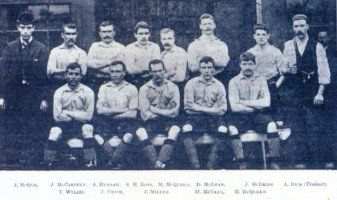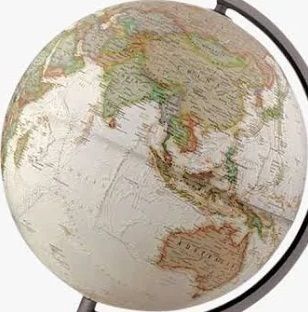
Joe McQue John McCartney Andrew Hannah Sidney. H. Ross Matt McQueen Duncan McLean James McBride Alex DickThomas Wylie (like Hannah & McLean ex. Everton) John Smith (ex. Sunderland) John Miller Malcolm McVean Hugh McQueen
In fact Liverpool was to remain a team, if not of Macs, then of Scots for several years. Not until the turn of century as it won its first league title in 1901 did the number of non-Scots exceed that of players from north of the border but even then the team played in the Scottish style, The Cross, built as it was around the skills of perhaps the greatest attacking centre-half of them all, Polmont's Alex Raisbeck.
